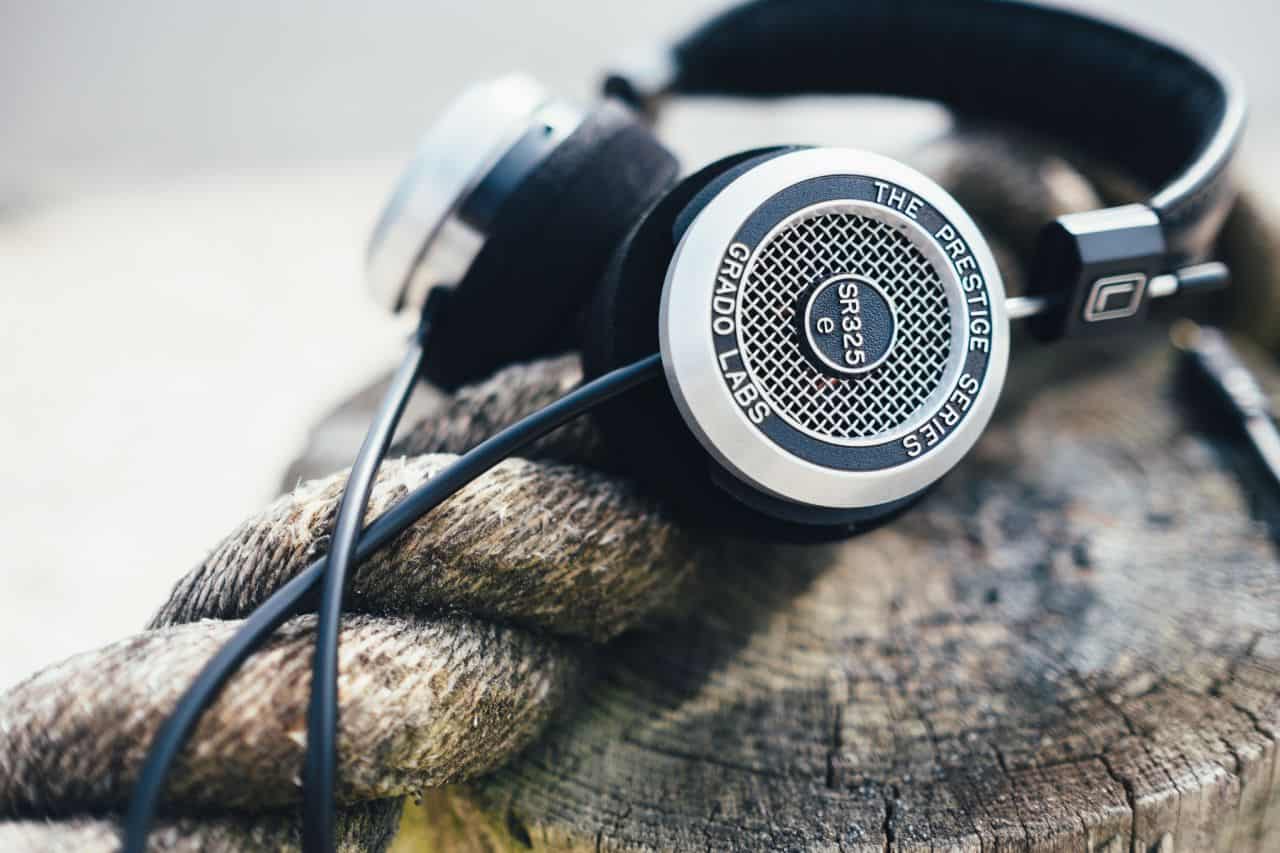Mixing on headphones is the dream, isn’t it? Being able to put together soundscapes in your over-ear monitors, without worrying about the way the acoustics will work out, without worrying about the balance of the live version, with the confidence you have when you put something across studio monitors seems like something reserved for the whiz kids at the top of the game. However, there are a few simple strategies you can use to improve your mix and make it possible to get the finished results you want without leaving the comfort of your headphones.
Protect Your Ears
It is a lot easier to damage your ears when using headphones than it is when you are just mixing in a studio, because the sounds are deceptively louder when channeled directly into the ear. This can produce hearing damage in the long term. In the short term, it makes your mix less effective my overtaxing your ears until you are not hearing the mix properly. Keep your headphone volume down to protect your ears, to save your stamina, and to duplicate the kind of listening you would likely do in the studio.
Work at Two Volumes
Once you have a comfortable working volume, you will also want to set a higher volume for testing the listening experience on mixes that you believe are finished or semi-finished, before making further adjustments. This will give you the opportunity to groove the way your listeners will without creating the kind of ear strain that can end your day early.
Pick Your Gear Carefully
Headphones are notorious for coloring sounds to get characteristic audio signatures, which makes it a challenge when you need to find a pair that will present a balanced, natural sound you can count on to duplicate studio monitors. You choose those monitors carefully to keep the balance as pure as possible, so you only hear your own work. You should do the same with your headphones, and it helps if you consult resources like online DJ guides to learn what headsets are performing the best in that capacity, because new models enter the field all the time.
Work in Multiple Sets of Headphones
You don’t pronounce a mix finished without making sure you have tested it in a variety of places like your car, home stereo systems, computer speakers, and so forth. You should use that same careful quality control when mixing with headphones, and it should start by working in multiple sets of headphones. This process will let you know if there are any strong differences between the natural sound and what you hear in your set, and it will also help you predict when a headset might push your mix into a less pleasing audio output, allowing you to design around the issue.
It’s not an easy task to make mixing with headphones work, but when you have the right equipment and an appreciation for the diversity of circumstances under which your work will be appreciated, it gets a lot easier. Give these strategies a try, and discover how big the difference in your final mix gets.

